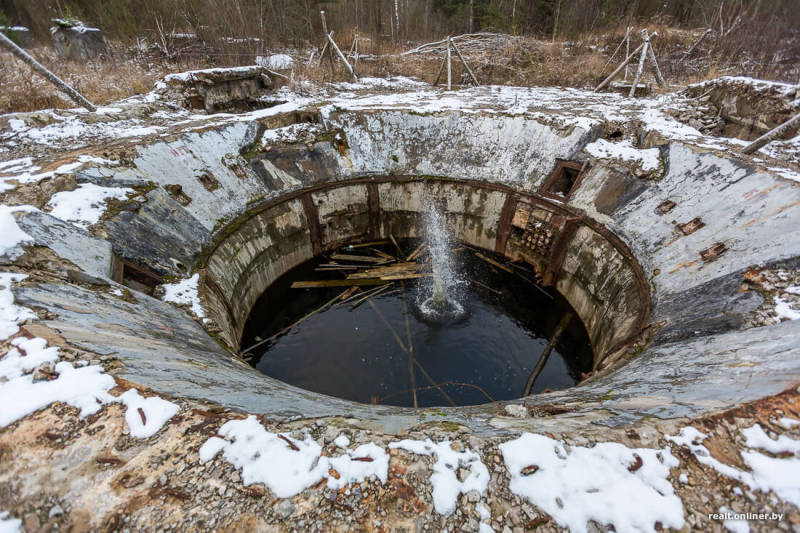Nuclear weapons in Belarus: ultimatum, escalation, and blackmail by Lukashenka
 The situation got worse
The situation got worse

Using Lukashenka as a proxy, the Kremlin issued an ultimatum to Ukraine and the West: if Kyiv does not abandon the spring counteroffensive and does not agree to negotiations on Russian terms, Russia will deploy nuclear weapons to Belarus. The Kremlin views this as a way to minimize the risk of retaliatory nuclear strikes against Russia by promoting Belarus as a target.
After almost a week of silence, Lukashenka commented on Russian proposals to deploy Russian tactical nuclear weapons (TNW) in Belarus, embracing the idea as a “return” of the nuclear arsenal withdrawn from Belarus in the 1990s. Lukashenka’s comments imply that:
- Belarus requested this initiative due to the allegedly existing plans of the United States and NATO to attack Belarus.
- it is a response to the Western violation of the guarantees provided by the Budapest Memorandum; specifically, the rejection of sanctions, pressure, military invasion and “planning revolutions”.
- in addition to tactical weapons, Belarus and the Kremlin are discussing deployment of strategic systems, such as “Topol-M”.
- support infrastructure for tactical weapons has already been created, and remaining strategic infrastructure is being refurbished by the Belarusian military.
- Russian tactical weaponry will be under Belarusian operational control.
- such weapons will be used in the event of an existential threat to Belarus.
Some of Lukashenka’s statements contradict those of the Belarusian Foreign Ministry, in particular, that Russia will not transfer operational control of nuclear weapons to Belarus, therefore avoiding a breach of the Treaty on the Non-Proliferation of Nuclear Weapons (NPT). Lukashenka stated the opposite. The treaty will be violated by both Russia and Belarus.
Explaining the decision, the Russian Foreign Ministry and other officials repeated similar talking points:
- Russian nuclear weapons are stationed in Belarus to ensure the security of Russia and its allies.
- the initiative replicates the “joint nuclear missions” strategy of the United States and NATO, whereby US nuclear weapons are deployed in Belgium, Germany, Italy, the Netherlands, and Turkey.
- It is a reaction to calls to expand the geographical scope of American nuclear stockpiles in Europe, bringing the relevant infrastructure to the borders of the Union State of the Republic of Belarus and the Russian Federation.
- It is a military-technical countermeasure to the alleged total hybrid war unleashed by the West against Russia and the stated intention of the United States and NATO to inflict a “strategic defeat”.
- Belarus and Russia will jointly decide on the use of tactical weapons using a “dual key” principle.
Moscow expects that announcing plans to deploy nuclear weapons in Belarus will cause the West to reassess the seriousness of the current situation and begin to accommodate the Russian position. It is another ultimatum, analogous to the ultimatum on security guarantees issued by the Kremlin at the end of 2021, preceding the invasion of Ukraine. Lukashenka declared that:
- Ukraine must agree to a ceasefire and negotiations without preconditions (in reality, accepting Russian preconditions).
- if Ukraine does not abandon plans for a counteroffensive, Russia will use nuclear weapons.
The timing of the deployment of Russian nuclear weapons in Belarus indicates that the Kremlin expects a decisive counteroffensive by the Armed Forces of Ukraine in July this year, including Crimea. If nuclear blackmail does not lead to pressure on Ukraine and a cessation of weapons supplies, the Kremlin will consider the possibility of not only a joint Russian-Belarusian offensive against Ukraine within the framework of the Regional Grouping of Forces (preparations for which are underway), but also the use of nuclear weapons to counter military reversals and force Kyiv and Western capitals to negotiate on Russian terms.
Subscribe to our newsletter




Situation in Belarus
Constitutional referendum: main consequences


 Video
Video
How to count the political prisoners: are the new criteria needed?


 Video
Video
Paternalism In Decline, Belarusian Euroscepticism, And The Influence Of Russia


 Video
Video












